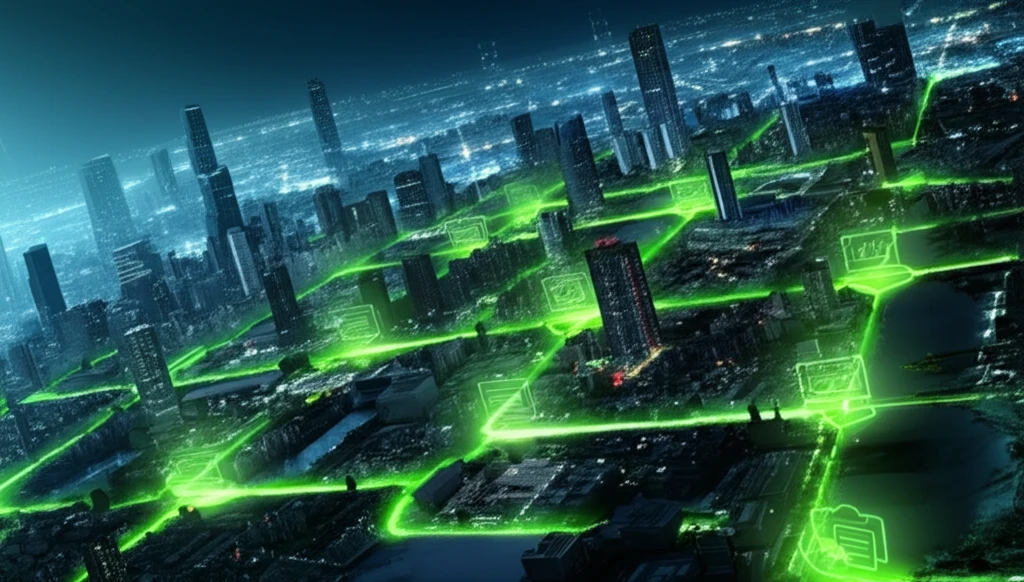
Can Smart Networks and Green Tech Save Us? How to Control Pollution's Growth
"Explore how network-based pollution control and renewable energy can help combat climate change effectively."
Pollution is a pressing global issue, impacting both the environment and our health. From climate change to local emission problems, the consequences of pollution are far-reaching. This challenge is deeply connected to economic activities, as production and consumption processes often release pollutants into the air, water, and soil.
To address this, governments and researchers are increasingly focused on developing effective strategies. Mathematical models are proving invaluable in understanding and managing pollution, helping us to make informed decisions that balance economic progress with environmental sustainability.
Optimal control and differential games are two key theoretical frameworks used to tackle pollution. These models often consider the cumulative amount of pollutants as state variables and production levels as control variables. By analyzing the spatial diffusion of pollutants over time, we can create targeted interventions that minimize environmental damage.
Network-Based Pollution Control: A Smart Approach

Traditional models often treat space as continuous, but new research is exploring the use of networks to represent interconnected locations. Instead of viewing pollution as spreading uniformly, we can now see it moving through defined pathways, like rivers or transportation systems. This approach allows for more precise and realistic pollution management strategies.
- Realistic Spatial Representation: Networks capture the specific connections between different locations, enhancing the accuracy of pollution spread predictions.
- Targeted Interventions: Policymakers can identify critical points in the network and implement targeted measures to prevent pollution from spreading further.
- Adaptability: The model can be adjusted to reflect changes in the network, such as the addition of new transportation routes or the development of green infrastructure.
Embracing a Greener Future
By integrating renewable energy sources into our strategies and using network-based models for pollution control, we can pave the way for a more sustainable and environmentally friendly future. These innovative approaches offer practical solutions for tackling the complexities of pollution, ensuring a healthier planet for generations to come.
